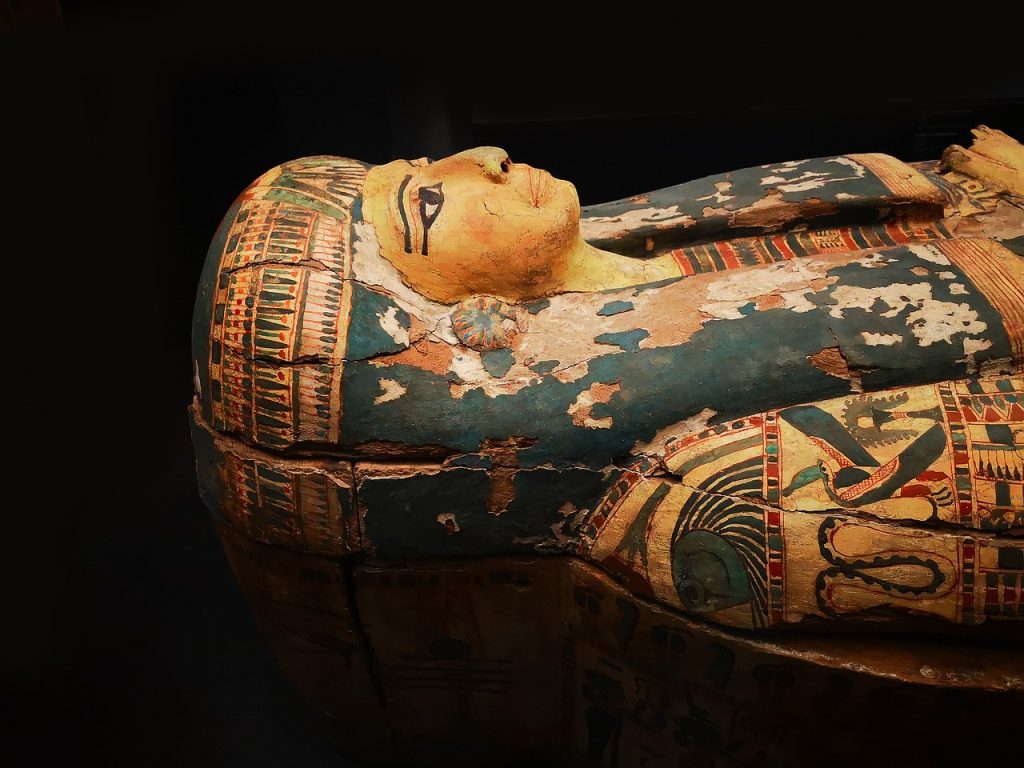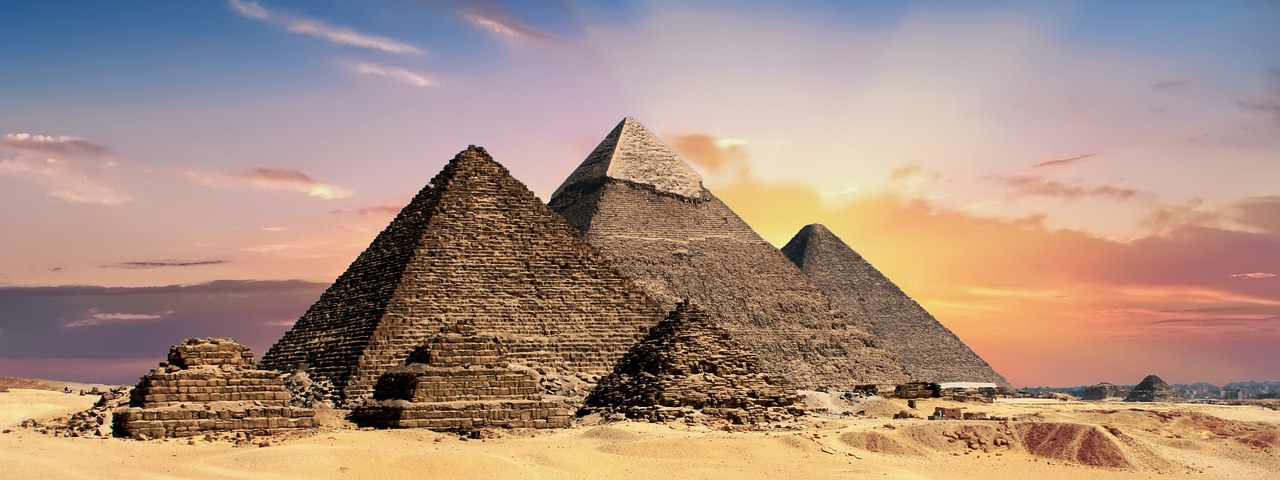The pyramids were able to reach impressive heights due to the unique construction methods employed by the skilled Egyptian builders. They understood the stability and strength of the pyramid shape and utilized it in their construction. Layer by layer, the Egyptians carefully placed stones to construct these monumental structures.
In the 26th century B.C., the Egyptians reached new heights in pyramid construction, particularly with the pyramids of Giza. The Great Pyramid of Khufu, for instance, stands at a towering height of 146 meters, boasting a base of 230 meters square and weighing approximately 6.5 million tons.
And the other reason is Pharaohs often required their servants to be buried alive along with them. But those servants were permitted to force friends and family members to join them, who could also bring five friends or co-workers each.
This is also one of the reasons why the pyramid was built so large. Initially, Pharaohs were buried with their wives, but this practice didn’t last long. However, as people believed Pharaohs to be gods, they wanted to be buried near them to ensure their care in the Afterlife.

The practice of retainer ritual sacrifice dates back to the early days of Pharaonic Egypt, starting from the Egyptian Prehistory, approximately from 3500 to 3200 BC, during the reign of Naqada II. Evidence of retainer sacrifice becomes clearer in the Early Dynastic Period, particularly when the capital was in Abydos. In King Hor-Aha’s burial chamber, archaeologists found 36 graves of men aged 20-25, all of whom had lost their lives from strangulation. It was also noted that these men were killed at the same time.
Following King Hor-Aha, other Pharaohs such as Djer, Djet, Queen Merytneith, Den, and Pharaoh Qaa were also found to have a lot of retainer sacrifices in their tombs. For example, King Djet had 318 sacrifices buried along with him, although estimates suggest the actual number could be much higher, possibly around 580 sacrifices.
Given that it’s unlikely all these men died naturally simultaneously, Egyptologists believe they were sacrificed to accompany their kings into the Afterlife. However, it wasn’t just kings who practiced human sacrifice. The high-ranking people in the palace found at Saqqara from the First Dynasty might not have been of kings. If that’s the case, it suggests that even individuals of higher rank could have had retainer sacrifices included in their burials.
These sacrifices are some of the reasons people believe why the earliest Egyptians went extinct; however, not all of them died this way. There is a strong likelihood that some pharaohs have descendants alive today.
Avid Writer with invaluable knowledge of Humanity!
Upcoming historian with over 30 million views online.
“You make your own life.”





